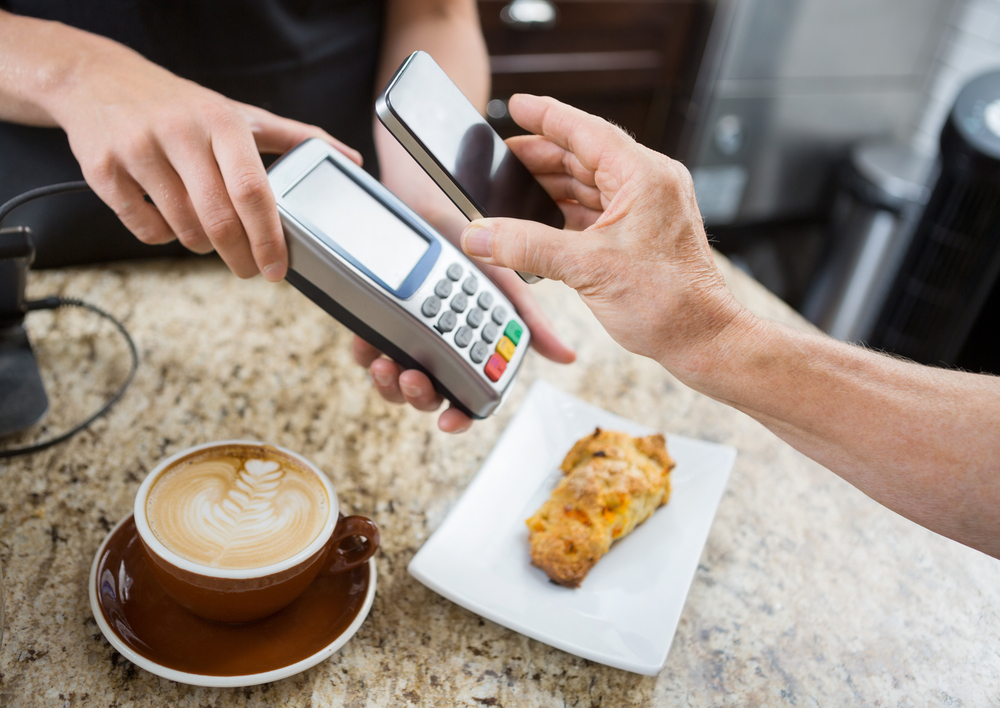Mobile Payments: The Present and the Future of Transactions

Please note that we are not authorised to provide any investment advice. The content on this page is for information purposes only.
It is often said that in business, non-progredi est regredi (if you are not moving forward, you are going backward).
This maxim has never been more relevant than in modern-day America. Technology has grown leaps and bounds and is always evolving. This has resulted in the creation of many innovative solutions for business owners as well.
It is often said that in business, non-progredi est regredi (if you are not moving forward, you are going backward).
This maxim has never been more relevant than in modern-day America. Technology has grown leaps and bounds and is always evolving. This has resulted in the creation of many innovative solutions for business owners as well.
Although sometimes, keeping a tight grip on trends and opportunities, especially when it comes to all this new-fangled technology, can get a little difficult. However, moments like these set the savvy business owner apart from the rest. He or she takes a leap of faith, understands the world around them, and adapts to their client’s needs, because you cannot run a business without happy customers.
One such technological innovation that is tailor-made to help business owners take their venture to the next level is mobile payment processing.
Mobile payment processing – what it’s all about
Plastic money (credit card) has become the preferred mode of payment for citizens of most ‘first world’ countries. And this has been the root of the problem for mobile businesses — on-the-move F&B businesses like hotdog vendors, delis, and food-truck owners, transportation services like car services and taxicabs, and on-site maintenance businesses like plumbers, carpenters, and all the sundry contractors. These businesses have rarely had the opportunity to expand their business horizons by accepting payments from alternative sources apart from the traditional cash and check, until now. Mobile payment solutions are the answer to this pertinent issue — a credit card payment option that allows business owners to accept card payments wirelessly.
This relatively new technology works through a device that has pretty much become universal anyway — the smartphone. You can plug in the said device to any smartphone through the audio jack on the phone, install the relevant software, and voila! Your phone is now a credit card processing machine that works anywhere. It even works offline, so you can operate the device even if your cellphone is out of range.
A look at the staggering numbers
* Statista.com, an online statistics-aggregating portal lists the current value of Mobile payments in North America at $37 billion. This means mobile payment sales in the US alone account for a mammoth 15.72% of the worldwide chunk, which adds up to $235.4 billion.
* According to a 2014 survey, also published on Statista.com, the share of credit and debit card users in mobile transactions for the US was 51.2% and 55% respectively.
* As this article on CreditCardProcessing.com indicates, global retail transactions accounted for $15 trillion in 2013 and mobile payments were $235 billion, with forecasts exceeding $720 billion in mobile payments by 2017.
Why you need mobile payment processing
Mobile payment processing not only diversifies the cash flow structure for your business, but offers a whole host of other benefits, too.
* Your money is safer and your business is moving forward because:
* The transactions are digital
* You don’t need to worry about loss or theft
* You have soft records of all the transactions which can help you determine sales patterns and help you understand your consumers better
Potential customers, no matter what payment mode they use, always see being credit card-ready as a sign of professionalism and seriousness.
Judging by the sheer popularity of credit and debit cards in terms of their market share in the mobile payments segment, it is evident that those who want to succeed with businesses that require a lot of moving around must consider mobile payments. The massive volume that the mobile payment industry has seen over the last year worldwide reinforces the point, and it shows how popular this method of payment is in the United States.




